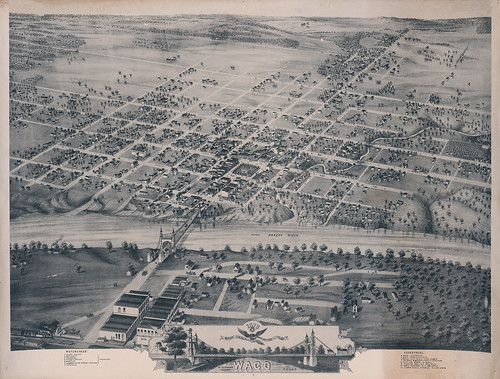By Tiff Sowell, Library Information Specialist

One of the oldest items in the collection might surprise you, and perhaps raise a few questions such as how and why The Texas Collection became the possessor of this unique volume. Pomponius Mela’s Cosmographia Geographia is often referred to by historians as sive De situ orbis (a description of the known world) due to its falling somewhere between a topography and a geography. Mela works around the Mediterranean Sea, which he calls “our sea,” and while he does not give exact locations as with modern geographies, he does include interesting anecdotes about locals and some of their customs.

We can date the volume to late 43 or early 44 C.E., as indicated by Mela’s reference to Emperor Claudius’ then recent victory in Great Britain. The text is considered the earliest, still existing geographical work in Latin, and is the only Roman treatise of the classical period devoted entirely to the subject. This was such a groundbreaking piece that it continued to be used well into the Age of Exploration (which starts in the 1400s) and was reprinted numerous times in various methodologies.
The Texas Collection’s copy of this important work was published in Venice in July 1482 by Erhard Ratdolt, a renowned German printer from Augsberg. This would have been just 32 short years after the invention of the printing press. Ratdolt was in Venice from 1476 to 1486 and during that time, he pioneered several firsts in the world of printing, such as the first book using more than two colors, the first full title page, and from what we can discern, the first scientific and mathematic works.

So what does this have to do with Texas? Not much, unless you were to link it to the early Spanish explorers, supposing some of their conceptions were most likely rooted in this work. So why is The Texas Collection in possession of this landmark geography? Tracy McGregor established the McGregor Plan in 1932 to assist smaller universities in acquiring rare volumes, and The Texas Collection was one of the libraries selected to participate. This exquisite volume was purchased and remains available to patrons for examination thanks to Tracy McGregor’s generosity.
“Print Peeks” is a regular feature highlighting select items from our print collection.








